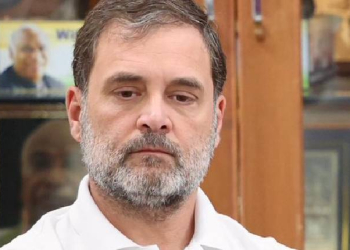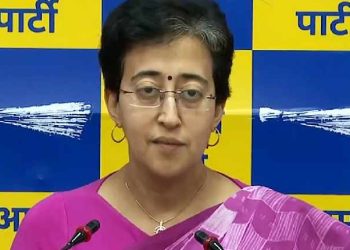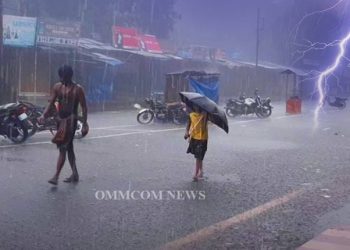New Delhi: Supreme Court judge Justice Hemant Gupta, in a divided verdict, on Thursday dismissed appeals challenging the Karnataka High Court judgment which upheld the state government’s February 5 order, prohibiting wearing of hijab inside classrooms in pre-university colleges.
Justice Gupta said: “Secularism is applicable to all citizens, therefore, permitting one religious community to wear their religious symbols would be antithesis to secularism. Thus, the Government Order cannot be said to be against the ethic of secularism or to the objective of the Karnataka Education Act, 1983.”
“If a particular student feels that she cannot compromise with the wearing of headscarf or of any other student to wear any outwardly religious symbol, the school would be justified not to allow such student, in the larger interest of treating all the students alike as a part of mandate of Article 14, which is central to the theme of Part III of the Constitution,” he added.
Justice Gupta noted that the headscarf is not permitted in the school for the students who are studying in Class 10+1 or 10+2. “The students have many years ahead of them where they can carry on their religious faith but the Government Order mandating the wearing of uniform cannot be faulted since the object is in tune with the principles of the Constitution,” he added.
A split verdict was delivered by a bench comprising Justices Gupta and Sudhanshu Dhulia. Justice Gupta dismissed the appeals challenging the Karnataka High Court judgment, whereas Justice Dhulia set aside the high court judgment and quashed the Karnataka government order dated February 5.
Justice Gupta also observed that if the students of one faith insist on a particular dress, there is no stopping for the others to carry their faiths and beliefs to the schools and it would not be conducive to the pious atmosphere of the school where the students seek admission for education.
“In fact, uniform fosters a sense of ‘equality’ amongst students – instils a sense of oneness, diminishes individual differences, helps focus on learning as students would not be bothered about their social status, improves discipline, fewer conflicts in school, promotes school spirit, generates a sense of belonging, pride, loyalty towards the school, relieves economic pressure on the parents, ensures equality before the educational institution, serves the need of a diverse community and promotes a positive sense of communal identity and does not lead to the growth of disparities of wealth and style,” he said in a 133-page judgment.
He said the students are expected to maintain discipline and the school is responsible to lay a strong foundation so as to nurture the students as responsible citizens of the country.
“The Government Order cannot be said to be contrary to the legitimate State goal of promoting literacy and education. Article 21A is not applicable as all the students are over 14 years of age. The students have a right to education under Article 21, but not of insisting on wearing something additional to the uniform, in a secular school, as a part of their religion,” he held.
“The Government Order only ensures that the uniform prescribed is adhered to by the students and it cannot be said that the State is restricting the access to education to the girl students through such an Order,” he said.
Justice Gupta added that the students cannot assert that they have a right to education but they would avail such right as per their own wish and in the manner which they consider appropriate. “Defiance to rules of the school would in fact be antithesis of discipline which cannot be accepted from the students who are yet to attain adulthood. Therefore, they should grow in an atmosphere of brotherhood and fraternity and not in the environment of rebel or defiance.”
He said the pre-university college is open to all students of all castes and religions and the object of the state is to provide an opportunity for the students to study in the secular schools.
The top court said: “In view of the divergent views expressed by the bench, the matter be placed before the Chief Justice of India for constitution of an appropriate bench.”
(IANS)



















